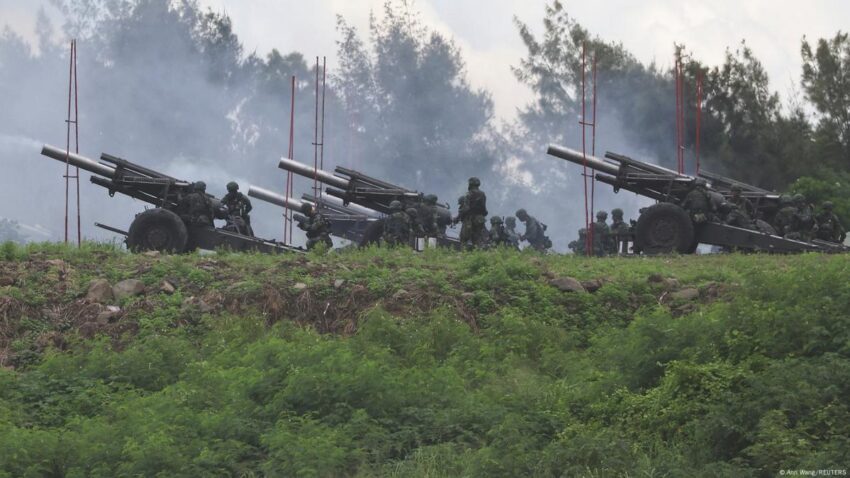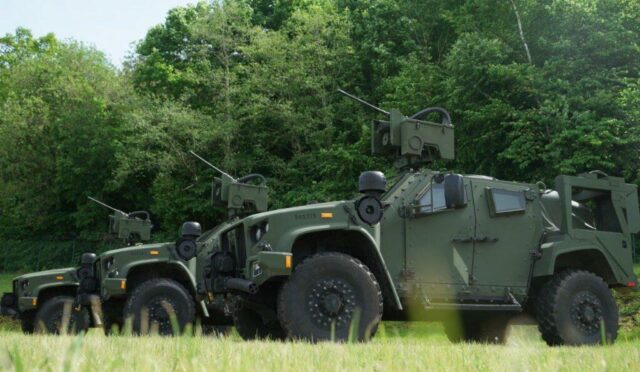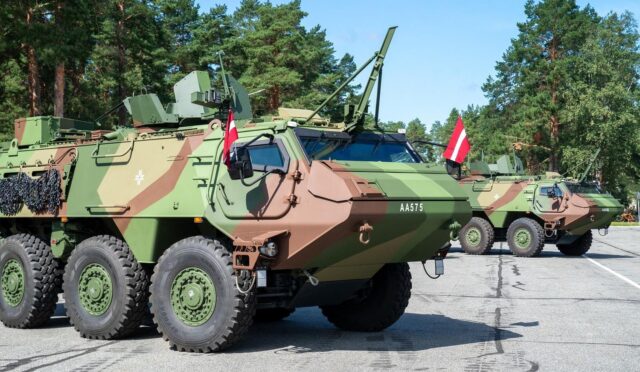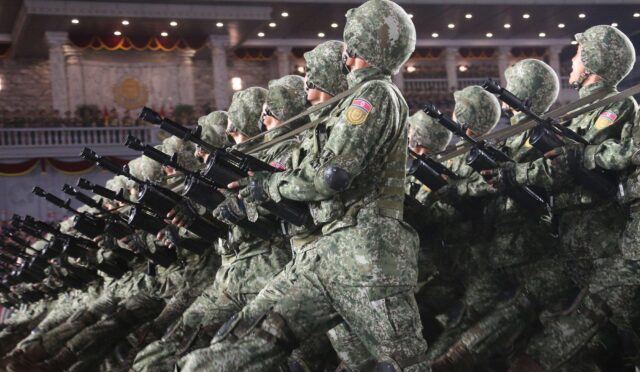Taiwanese Military Exercises Prepare for Potential Invasion
Taiwan’s military is set to undertake war games between July 9 and 18, designed to simulate potential scenarios for a Chinese invasion that could occur in 2027. This announcement comes amidst ongoing military pressure from Beijing, which asserts Taiwan as part of its territory and has threatened to use force for unification. Notably, U.S. officials, who are Taiwan’s main supporters and arms suppliers, have indicated that the year 2027 could be critical for possible Chinese military action against the island.
The ‘Han Kuang’ exercises, conducted annually across Taiwan, aim to enhance defensive capabilities against possible Chinese assaults. The Ministry of Defense reported that the scenarios to be explored this year will focus on China’s ‘grey-zone’ tactics and potential military actions aimed at invading Taiwan by 2027. The exercises are a strategic necessity as tensions in the region remain high.
Strategic Military Preparedness Amid Rising Tensions
A ministry report highlights the importance of preparing commanders at all levels to develop practical scenarios based on the anticipated moves of the Chinese military. The goal is to ensure that local forces are capable of implementing their plans swiftly, thereby maintaining high levels of combat readiness. In a time where military tensions are palpable, the training is essential to bolster Taiwan’s defensive strategy.
In recent months, Beijing has increased its military presence near Taiwan, frequently deploying fighter jets and warships. Analysts describe these maneuvers as ‘grey zone’ tactics—not acts of war but attempts to wear down Taiwan’s military resources. This environment necessitates enhanced combat readiness from Taiwan’s armed forces.
Urgent Warnings from Defense Officials
In light of the heightened military activity, Taiwan’s Defense Minister Wellington Koo stressed the importance of recognizing early warning signs regarding a potential shift from military exercises to actual combat. During a press briefing, Koo emphasized that the timeline for China to escalate from drills to war might be shorter than previously anticipated. His comments signal a call for heightened vigilance among Taiwan’s forces.
These remarks were made as Taiwan conducted a five-day ‘Rapid Response Exercise,’ aimed at improving the military’s readiness and response capabilities. This will become a biannual drill, adjusted according to the perceived intensity of Chinese military exercises. Koo underscored the significance of realistic combat training in enhancing decision-making skills among commanders and overall unit capabilities.
Increased Military Activity Around Taiwan
On the same day as these developments, the Taiwanese Ministry of Defense reported that over 50 Chinese aircraft took part in ‘joint combat’ patrols near Taiwan. This surge in activity occurred shortly after Taiwanese President Lai Ching-te labeled China as a ‘foreign hostile force.’ Lai’s comments reflect the growing apprehension in Taiwan regarding Beijing’s military intentions.
In response to these patrols, Beijing’s foreign ministry expressed that such military actions were a direct consequence of U.S. backing for Taiwan, essentially warning against what they termed ‘Taiwan independence separatist forces.’ This ongoing exchange underscores the delicate balance of power in the Taiwan Strait and the geopolitical implications of U.S.-Taiwan relations.






